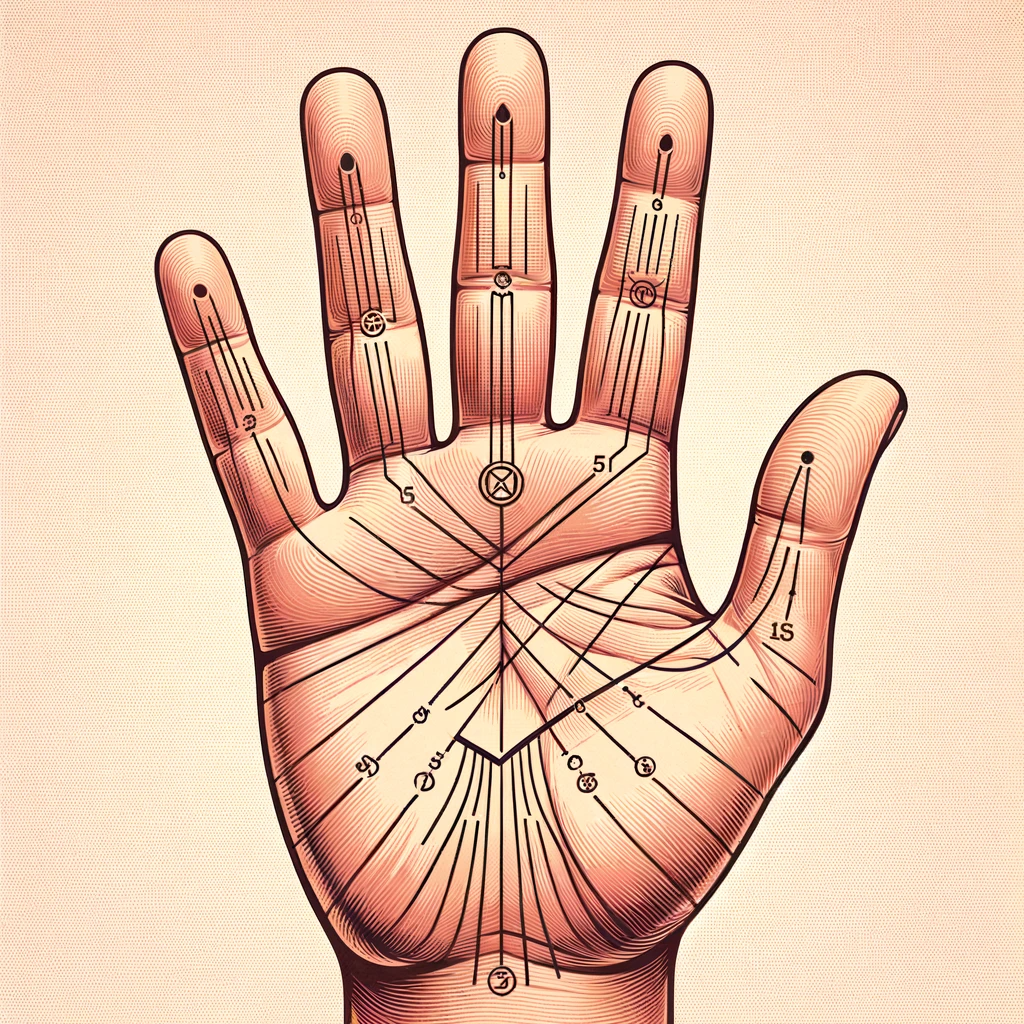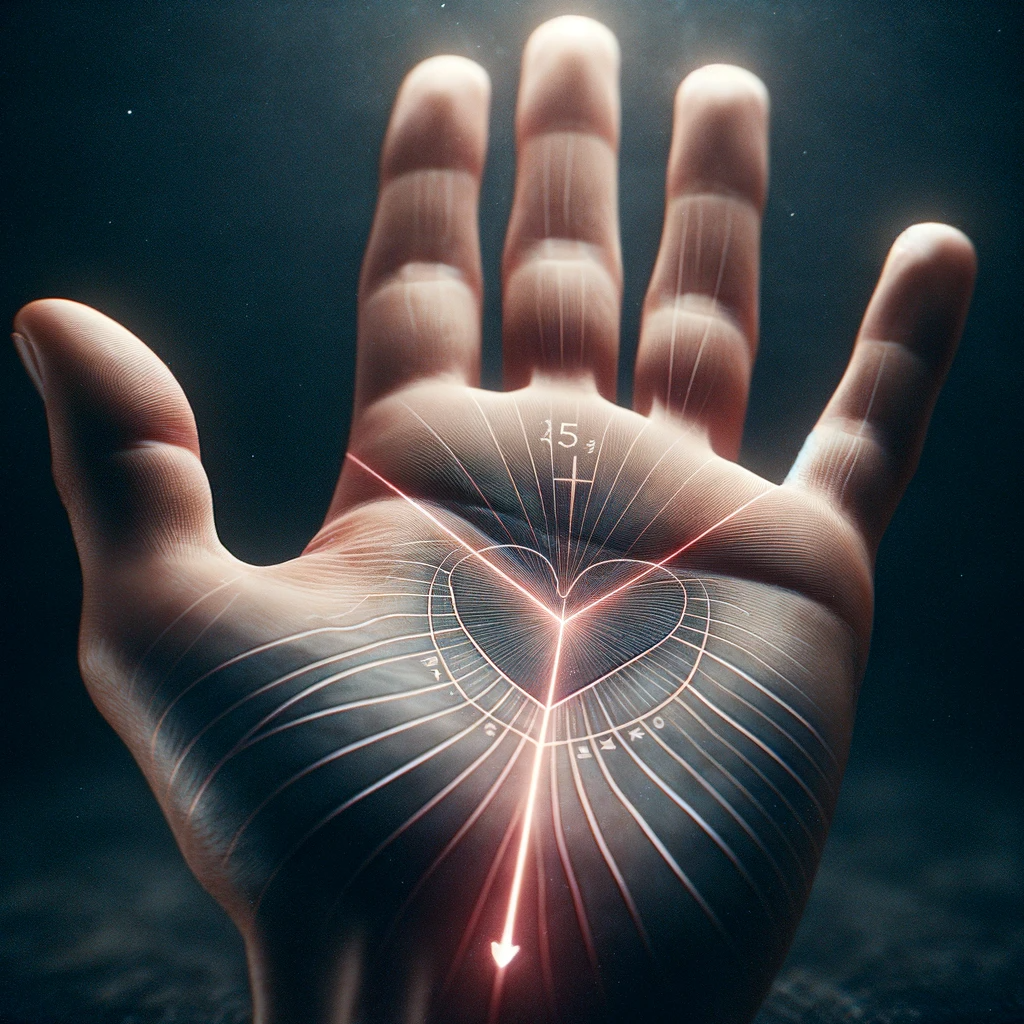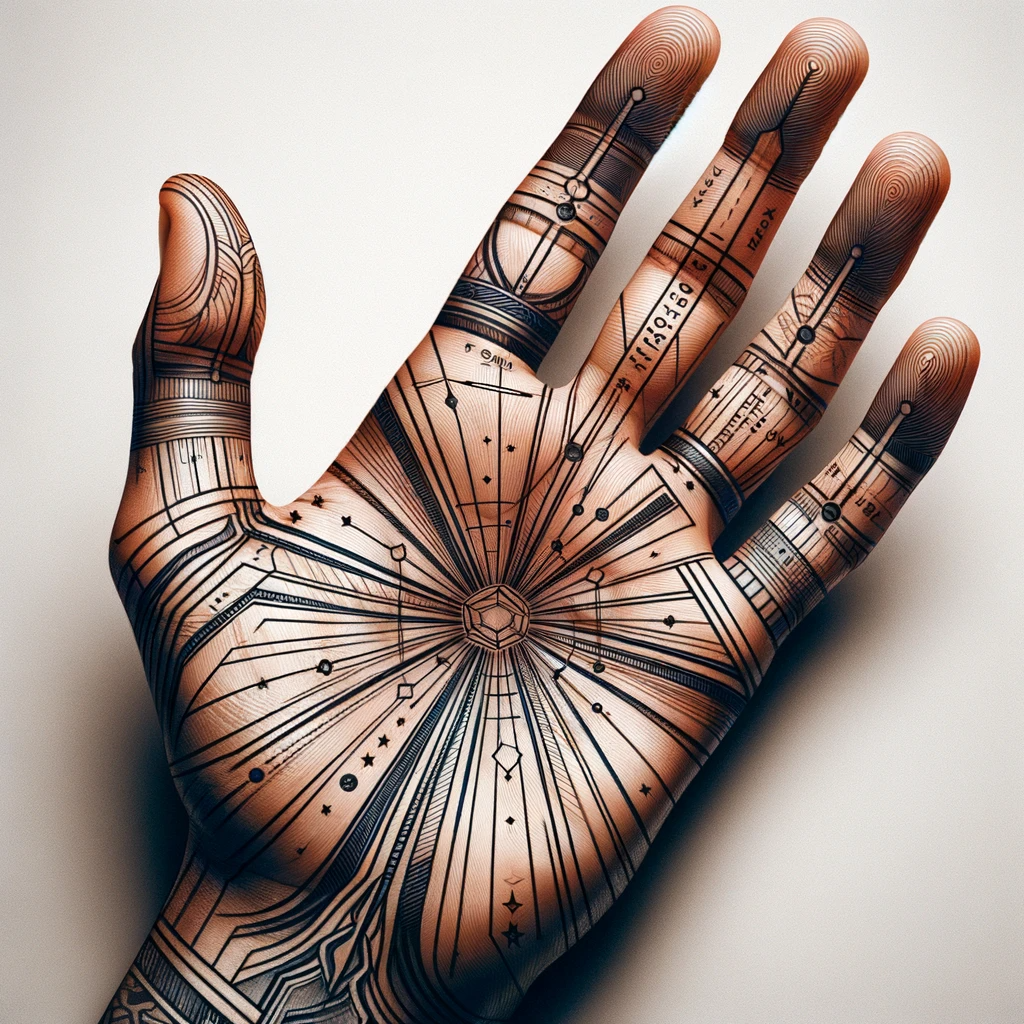Palmistry and Love: How to Read Relationship Lines on the Hand

Among the many mysteries found in the palms, clues about your emotional landscape and romantic destiny are etched into certain lines and marks. Through analyzing love lines, affection lines, the Venus mount, and other meaningfully placed signs, a palmist can reveal insights about how you connect in relationships and what your heart line may have in store.

Decoding the Heart Line
The primary indicator of love style and relationships is the heart line. Its length, depth, curves and breaks suggest how you romantically bond with others.
Key Factors in Reading the Heart Line:
- Length – Long suggests emotional expressiveness, short indicates reserved feelings
- Depth – A deep and defined heart line reveals depth of passion, while a faint line reflects a more intellectual perspective on love
- Shape – Curvy lines equate to romanticism, straight lines indicate directness
- Breaks – Clean lines reflect consistency in relationships over time, breaks signal heart shifts
- Forks – Forked lines at the end can mean relationships with multiple partners, or divergent views on love evolving with maturity
Love and Affection Lines
Smaller lines branching upward from the heart line reveal additional insights:
- Love lines – Tiny lines reaching toward the pinky indicate passionate connections and number of significant loves.
- Affection lines – Such lines extending upward from the heart line show emotional confidence and openness in relationships.
- Empathy lines – Short lines between the heart and head lines reflect sensitivity, compassion, and nonverbal communication style in relationships.
The Marriage Line
- Found near the base of the pinky, this line discloses timing and dynamics around serious unions.
- Longer line suggests emotional maturity and desire for partnership. Shorter indicates more distance.
- Breaks warn of separations or widowerhood. Forks show multiple pivotal unions.
- Position closer to heart line reflects youthful commitment, farther suggests mature bonding.
The Children Lines
- Found between the heart line and pinky base, they indicate outlook on parenting.
- Numerous, deep lines reflect strong nurturing drive. Fewer, light lines suggest lower emphasis on a parenting role.
- Child lines can appear late even after marriage/fate lines, revealing a change of heart around having kids.
The Attachment Line
- Found extending upward from fate line shows capacity for devotion in relationships.
- Length suggests depth and longevity of ability to bond. Shorter may reflect wariness.
- Read in context of heart line shape – attachment line contrasts with very independent heart line.
Venus Mount and Finger
- A prominent Venus mount beneath the thumb indicates strong artistic and romantic sensibilities.
- Full, shapely Venus finger reflects beauty inside and out. Pointed tip suggests critical views on relationships and need for perfection in love.

Tips for Reading the Love Lines
- Assess which lines are most pronounced and prominent. Deeply etched lines hold more influence.
- Note which quadrant lines appear in – heart, head, fate, Jupiter – as background context.
- Observe symmetry between dominant and passive hands for consistency.
- No single love line defines a person. Look for collaborative clues across all lines.
- Factor in hand shape and fingers as additional perspective.
Similar to relationships themselves, interpreting love lines requires patience, intuition, and openness to subtleties to ultimately read the unique story etched in every palm.
FAQ About Palmistry and Relationships
Can palmistry accurately predict someone’s romantic destiny?
Palmistry is best used for identifying tendencies, not definitively telling the future. The hands reveal insights about emotional temperament, passions, and relationship needs to consider.
How does palmistry help reveal relationship compatibility?
Comparing your palm traits like hand shapes, Venus mount prominence, and heart line shape with a partner provides perspective on your innate romantic synergy or discord.
Do men and women’s palm lines differ for love readings?
While some gender patterns exist, every person has a unique palm blueprint regardless of sex. Qualified palmists read each hand freshly versus imposing gender assumptions. Core human needs for love are more universal.
Can palm lines about relationships ever change?
Major love lines remain constant, but secondary lines may emerge or transform over time as bonds deepen with experience. Palmistry studies lifelong patterns more than temporary lines.
How accurate are the children lines on palms?
The child lines offer insight but not absolutes. Some with numerous child lines remain childless, while those with none may eventually have kids. See them as potentials to reflect on, not predestiny.
While resurrecting palmistry’s ancient art, modern readers recognize human complexity. With an intuitive eye and open heart, the hands reveal wisdom about the most mysterious emotion of all – love.
